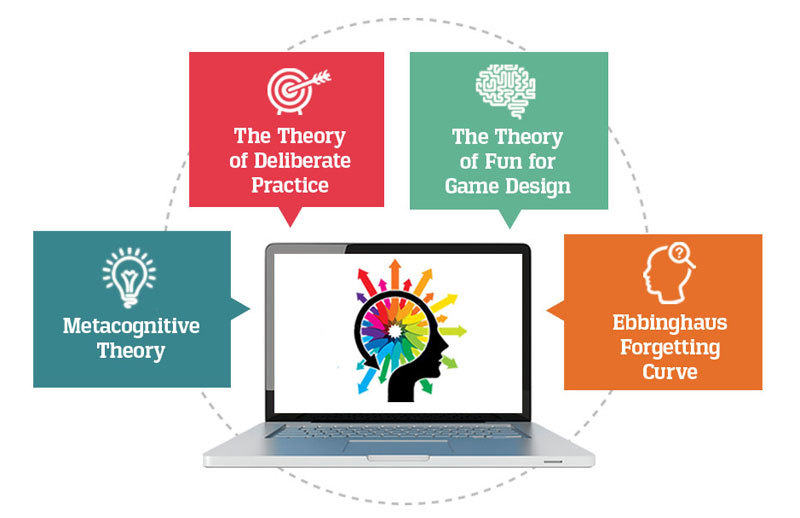e-Learning Ecologies MOOC’s Updates
Update #7: ADAPTIVE LEARNING
Update #7: ADAPTIVE LEARNING
As emerging technologies and methodologies reshape on or around the classroom environment, we as teachers also tend to look for new ways to get our students engage, unfortunately we still live in a frame where we are often confined into a 4 wall room with rows and individual desks, however as thing are changing so are the methods, and some schools do allow that, which is a great opportunity for you to practice this type of learning.
I know that this is the first question that comes to your mind as you read this entry, what exactly “adaptive learning” means? Most know the technology has something to do with e-learning, personalized education, micro-learning, badging, gamification, cloud-based learning, etc. But what does it really mean? How feasible is it to implement? And where can you get your hands on it?
Imagine that you could give every learner their own personalized course, made specifically for their strengths, weaknesses, goals, and engagement patterns. Imagine a course that adapted in real-time to their activity and adjusted moment by moment to their performance and interest level. Well there are people that are trying to do that, but we as teachers are not so lucky yet. tps://www.youtube.com/watch?v=dt54EusX-Bw
The key word is customization, we live in a time where almost everything we engage on is customize, movies (Netflix) shopping suggestions (amazon) ideas (pinterest) and many more to name. Since no 2 students are alike there are some platform that support this concept. https://www.youtube.com/watch?v=LldxxVRj4FU
Now there are some contradicting ideas, like everything, Watch Nigel Nisbet, Director of Content Creation at MIND Research Institute, discuss the pros and cons of adaptive learning and its impact on student learning. https://www.youtube.com/watch?v=t4q46iDAdEE
and then decide what is best for you, however I believe that changing and creating an adaptive environment does make it easier for students to engage.
Update #7: ADAPTIVE LEARNING
As emerging technologies and methodologies reshape on or around the classroom environment, we as teachers also tend to look for new ways to get our students engage, unfortunately we still live in a frame where we are often confined into a 4 wall room with rows and individual desks, however as thing are changing so are the methods, and some schools do allow that, which is a great opportunity for you to practice this type of learning.
I know that this is the first question that comes to your mind as you read this entry, what exactly “adaptive learning” means? Most know the technology has something to do with e-learning, personalized education, micro-learning, badging, gamification, cloud-based learning, etc. But what does it really mean? How feasible is it to implement? And where can you get your hands on it?
Imagine that you could give every learner their own personalized course, made specifically for their strengths, weaknesses, goals, and engagement patterns. Imagine a course that adapted in real-time to their activity and adjusted moment by moment to their performance and interest level. Well there are people that are trying to do that, but we as teachers are not so lucky yet. tps://www.youtube.com/watch?v=dt54EusX-Bw
The key word is customization, we live in a time where almost everything we engage on is customize, movies (Netflix) shopping suggestions (amazon) ideas (pinterest) and many more to name. Since no 2 students are alike there are some platform that support this concept. https://www.youtube.com/watch?v=LldxxVRj4FU
Now there are some contradicting ideas, like everything, Watch Nigel Nisbet, Director of Content Creation at MIND Research Institute, discuss the pros and cons of adaptive learning and its impact on student learning. https://www.youtube.com/watch?v=t4q46iDAdEE
and then decide what is best for you, however I believe that changing and creating an adaptive environment does make it easier for students to engage.



Active learning comprises a wide range of activities that are defined as “any instructional method that engages students in the learning process. In short, active learning requires students to do meaningful learning activities and think about what they are doing” (Prince, 2004).
This is what I do in my classes, before to star with my class I try to engaged them with the topic, so I can have a background about their knowledge.